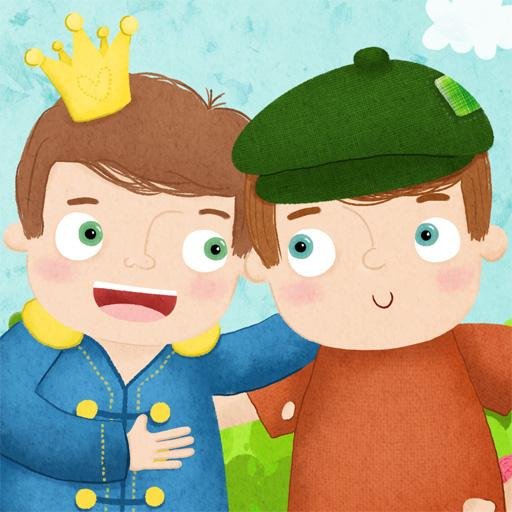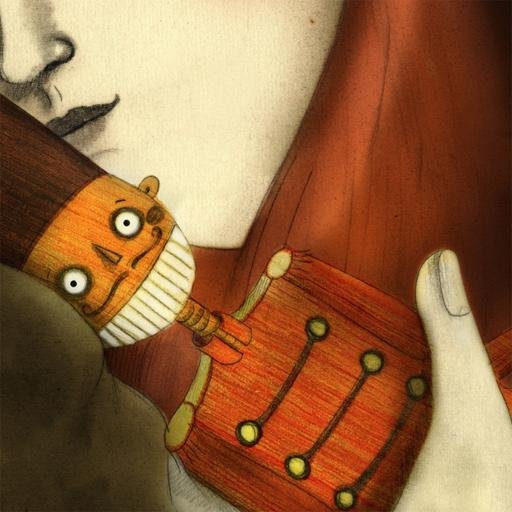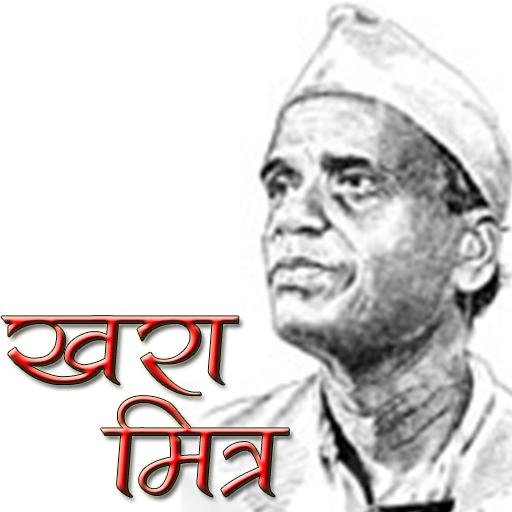Un príncipe y un mendigo se conocen y fascinados cada uno por la vida del otro, deciden intercambiar lugares por un tiempo


| Name | El príncipe y el mendigo |
|---|---|
| Publisher | Hugo Oliveira |
| Genre | Books Reference |
| Size | 21MB |
| Version | 1.0 |
| Update | June 23, 2025 |
| Get it On | Play Store |
| Report | Report Apps |
Preview
Mark Twain’s “El príncipe y el mendigo”: A Literary Exploration
What happens when a royal prince and a poor pauper trade places? Mark Twain’s “El príncipe y el mendigo” invites readers into an extraordinary tale of identity, social injustice, and humanity. First published in 1881, this classic novel continues to resonate as a critique of societal structures and an exploration of universal human experiences. Whether you’re a student, educator, or literature enthusiast, this blog dives deep into the story, themes, and legacy of this timeless work.
A Brief Introduction to “El príncipe y el mendigo”
Mark Twain, one of America’s most celebrated authors, is perhaps best known for his vivid storytelling and satirical edge. While “The Prince and the Pauper” may not reach the iconic status of “The Adventures of Tom Sawyer” or “Adventures of Huckleberry Finn,” it remains a beloved classic. Set in 16th-century England, this novel blends historical fiction with an imaginative tale of two boys from vastly different worlds who switch places, uncovering deep truths about society and personal identity in the process.
The novel is widely studied and admired for its accessibility, humor, and reflective critique of social inequality. At its heart, the story asks a timeless question: What would it mean to walk in someone else’s shoes?
Summary of the Plot
The novel begins in the bustling streets of London, where Tom Canty, a young boy born into poverty, dreams of a life far removed from the bruises and struggles of his reality. Simultaneously, in the grandeur of Westminster Palace, Edward Tudor, the Prince of Wales, lives a life of luxury, yet he too yearns for a taste of freedom. By an unexpected twist of fate, the two meet and, fascinated by the contrast of their lives, decide to trade places.
Tom assumes the role of a prince, initially fumbling in a world of courtly etiquette and royal protocols, while Edward is thrust into the harsh life of the London slums. The prince-turned-pauper quickly learns about the injustices faced by the poor, as well as the cruelty of the legal system. Meanwhile, Tom discovers the complexities of holding power and the expectations of royalty.
The story culminates in a dramatic turn of events where both boys must fight to reclaim their true identities. Ultimately, Edward reclaims his throne with newfound empathy for his people, displaying wisdom far beyond his years. Tom, too, returns to his life but is forever changed by his brush with royalty and privilege. Together, they bring clarity and justice to the lives around them.
Meet the Main Characters
Edward Tudor, the Prince of Wales
Edward represents the pinnacle of privilege, born into the Tudor dynasty with all the wealth and power a monarch could command. However, his kindness and eagerness to understand the world beyond the palace gates set him apart. Edward’s character arc showcases immense growth as he experiences the struggles of the poor firsthand, laying the foundation for a fair and just ruler.
Tom Canty, the Pauper
Tom is Edward’s mirror opposite. Born into a destitute family, he is imaginative and curious, dreaming of a life beyond the squalor of London’s streets. Tom’s time as a prince teaches him about leadership, compassion, and the weight of responsibility. Together, Tom and Edward symbolize the stark contrasts yet shared humanity of different social classes.
Themes Explored in “The Prince and the Pauper”
Identity
Through Edward and Tom’s switch, Twain explores the fluidity of identity. Both characters come to see themselves in new lights, learning that identity is shaped as much by how others perceive us as by our innate qualities.
Social Injustice
The novel’s biting critique of the disparity between the rich and poor is hard to miss. While Edward and Tom momentarily experience each other’s lives, the harsh realities of systemic inequality remain unchanged, illustrating the broader societal challenges.
Monarchy and Leadership
Twain questions the divine right of kings while showing that empathy and understanding are essential qualities for a just ruler. Edward’s transformation into a wise and compassionate leader is one of the novel’s most enduring themes.
Literary Analysis
Mark Twain is known for his wit and keen social commentary, which shines throughout “The Prince and the Pauper.” His prose, though accessible, is layered with clever observations about human behavior and social structures. The historical setting of Tudor England adds richness and believability to the tale, even as Twain indulges in playful anachronisms.
Twain’s choice to write a story for younger readers marks a departure from some of his other works, but his ability to weave humor and moral lessons into the narrative ensures universal appeal. His portrayal of 16th-century England, complete with detailed descriptions of London’s streets and palace intrigues, immerses readers in the time period while drawing parallels to contemporary issues.
Reception and Lasting Impact
When “The Prince and the Pauper” was first published, it received mixed reviews. While some critics praised its inventive storytelling and moral undertones, others found it too idealistic. Over time, however, the novel gained recognition for its timeless themes and Twain’s ability to balance entertainment with insight.
Today, the novel is regarded as an important work in Twain’s literary portfolio. Its enduring relevance is evidenced by its frequent inclusion in school curricula and its influence on discussions about social justice and empathy.
From Page to Screen: Adaptations
The universal appeal of “The Prince and the Pauper” has inspired numerous adaptations across various media. Notable examples include:
- Films: The 1937 Hollywood film, starring Errol Flynn, remains a classic interpretation, while Disney’s 1990 animated short added a whimsical twist featuring Mickey Mouse.
- Television: The story has been adapted into several TV dramas, including BBC’s serialized versions, which bring out the novel’s historical richness.
- Theater: The story has been reimagined on stage, captivating audiences with its visual storytelling and timeless themes.
Each adaptation breathes new life into Twain’s narrative, highlighting its flexibility and contemporary resonance.
Why “The Prince and the Pauper” Still Matters Today
At its core, “The Prince and the Pauper” remains a tale of empathy and understanding. Its exploration of identity, social inequality, and the responsibilities of leadership continues to resonate with readers of all ages. Twain challenges us to see beyond superficial differences and to walk, even briefly, in someone else’s shoes.
Whether you’re revisiting the story or discovering it for the first time, Mark Twain’s timeless tale is as insightful and entertaining today as it was over a century ago. Its lessons extend beyond the page, reminding us of the shared humanity that binds us all.
Download El príncipe y el mendigo
You are now ready to download El príncipe y el mendigo for free. Here are some notes:
- Please check our installation guide.
- To check the CPU and GPU of Android device, please use CPU-Z app








